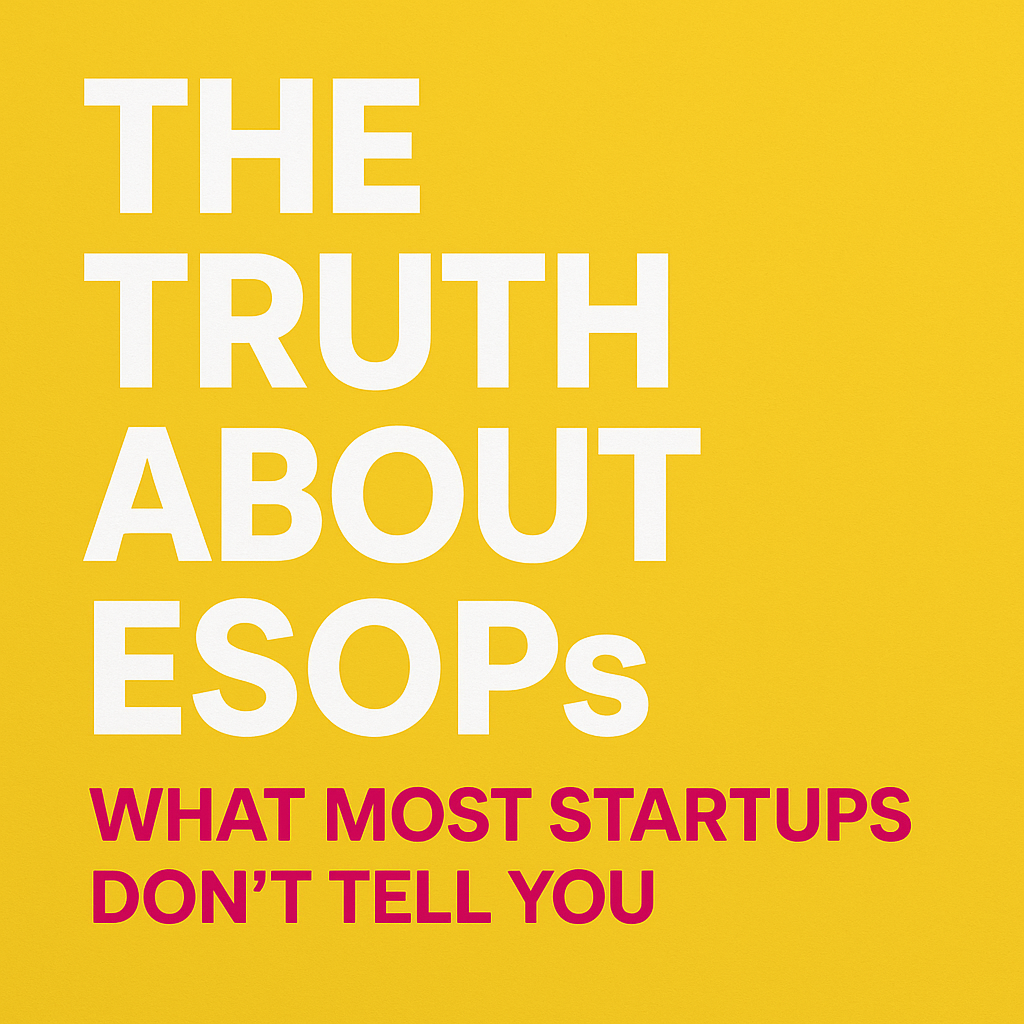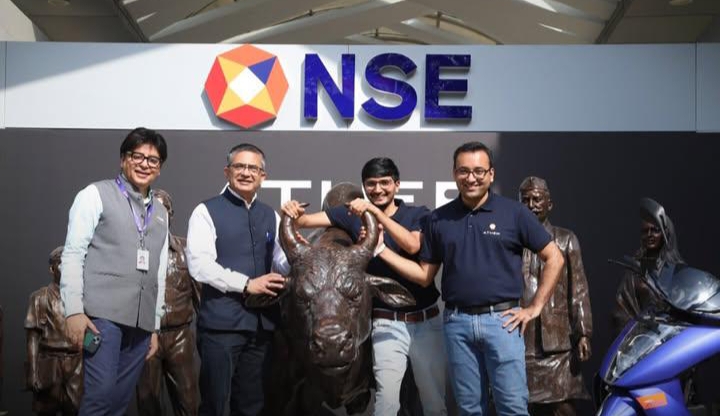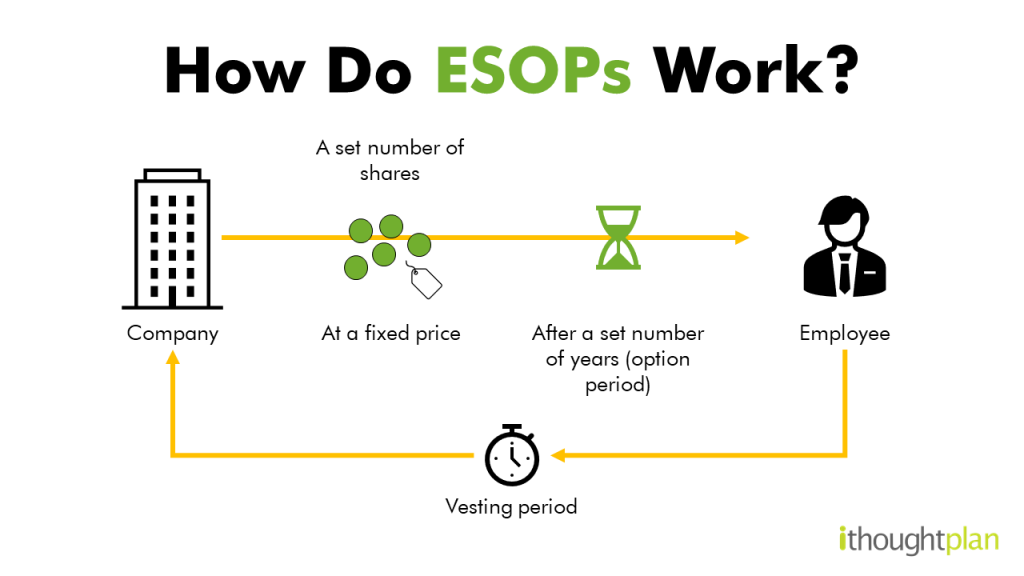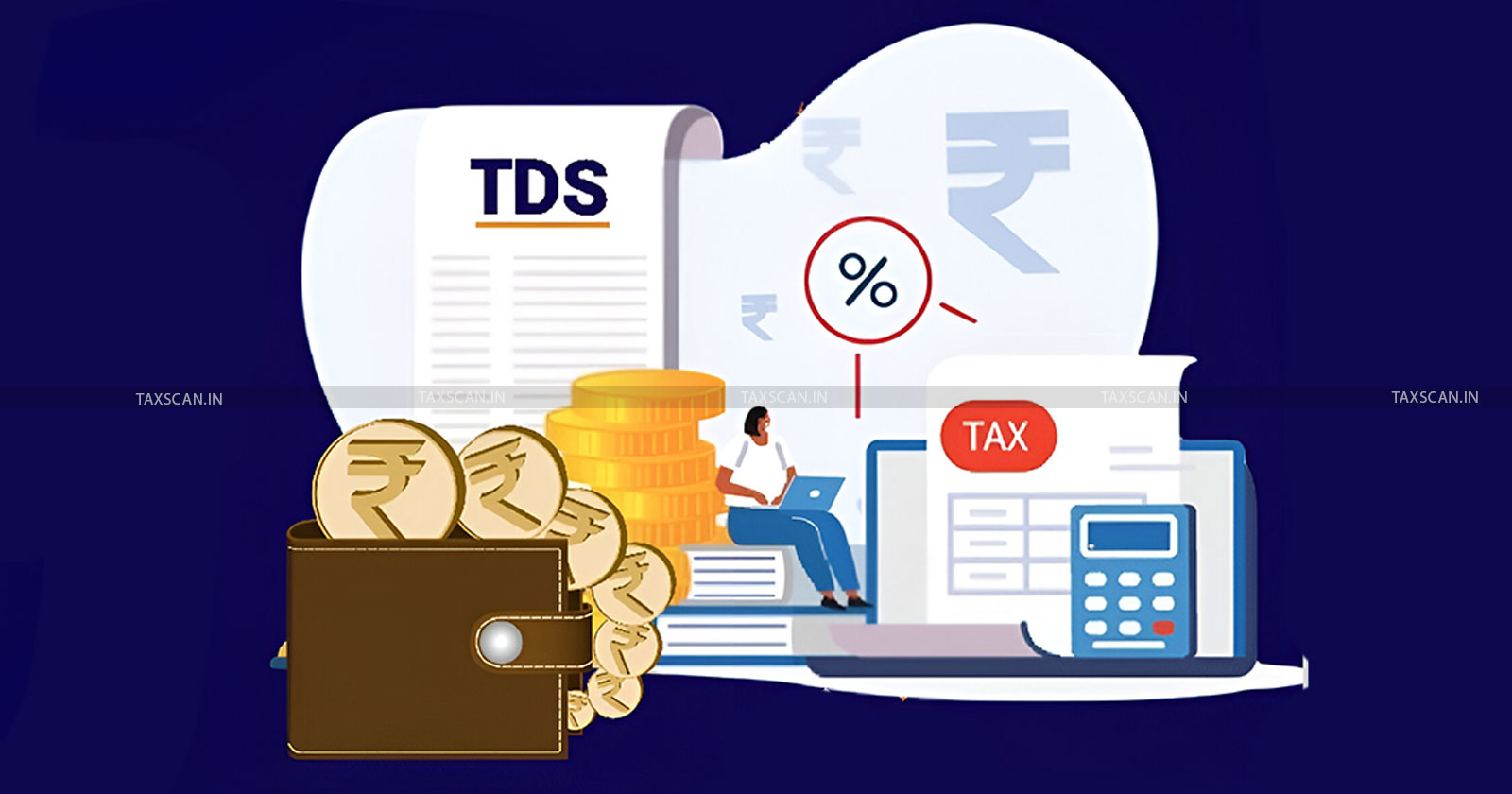Back
Tarun Suthar
•
The Institute of Chartered Accountants of India • 6m
What is an ESOP (Employee Stock Ownership Plan)? ----- Explained. (Employee Perspective) Imagine your company gives you a chance to own a piece of the business. That’s what an ESOP is company shares reserved for employees like you. You don’t get them all at once, and you don’t get them for free, but you get them at a much lower price than the public would pay. ⁉️ How ESOP Works in 4 Simple Steps 1. Grant Your company says: “We’re giving you 10,000 shares at ₹100 each. You’ll earn the right to own them over time.” 2. Vesting Period This is like a waiting period. Shares become yours gradually, often over 4 to 5 years. For example, if you stay 5 years, you get to keep 100% of them. 3. Leaving the Company If you leave early, you only keep the shares that have vested. The rest are forfeited. 4. Redemption (Selling Your Shares) After they’re vested, you can sell your shares-maybe when the company goes public (IPO), buys them back, or gets acquired. ⁉️ Taxxxes (Yes, There Are Two Stages)👀 1. At Exercise When you buy the shares You pay tax on the difference between the market price and the price you pay (this is called “perquisite tax”). 2. At Sale When you sell the shares You pay tax on the profit (sale price minus market value at the time you exercised the shares). ✅️ If you held them for >1 year: Taxed at 12.5% ✅️ If <1 year: Taxed at 20% Example: Rahul's ESOP Journey He’s given 10,000 shares at ₹100 each After 5 years, the shares are worth ₹500 (market value) He buys all 10,000 shares at ₹100 = ₹10,00,000 Since market value is ₹500, the taxable amount is ₹40,00,000 and he pays ₹12,00,000 tax 2 years later, he sells them at ₹1,200 per share Profit = ₹1.2 Cr - ₹50L = ₹70L Capital gains tax @12.5% = ₹8.75L Net Profit = ₹61.25L

Replies (9)
More like this
Recommendations from Medial
Tarun Suthar
•
The Institute of Chartered Accountants of India • 6m
What is an ESOP from a Company’s Perspective?🚀 An Employee Stock Ownership Plan (ESOP) is a tool companies use to attract, retain, and motivate talent by offering them ownership in the business. You’re not just giving away shares, you’re building
See More
Rohan Saha
Founder - Burn Inves... • 7m
I’ve noticed a lot of people make this mistake they invest in a company just because it offers good dividends, without looking at anything else. But that’s not really a smart approach. The dividends you get are based on how much you invest. So if yo
See MoreTarun Suthar
•
The Institute of Chartered Accountants of India • 6m
I have got many DMs regarding ESOPs So Let me Clear up here. 1. Are ESOPs free for employees? ESOPs are granted for free, meaning the employee doesn't pay to receive the options. However, to own the shares, the employee must pay the exercise price
See More
gray man
I'm just a normal gu... • 7m
After a muted IPO and listing, EV major Ather Energy ended its first trading session 7.22% below its listing price at INR 302.50 on the BSE. Compared to its IPO price of INR 321, the company’s shares crashed 5.76%. Earlier today, the shares of the E
See More
Download the medial app to read full posts, comements and news.


































